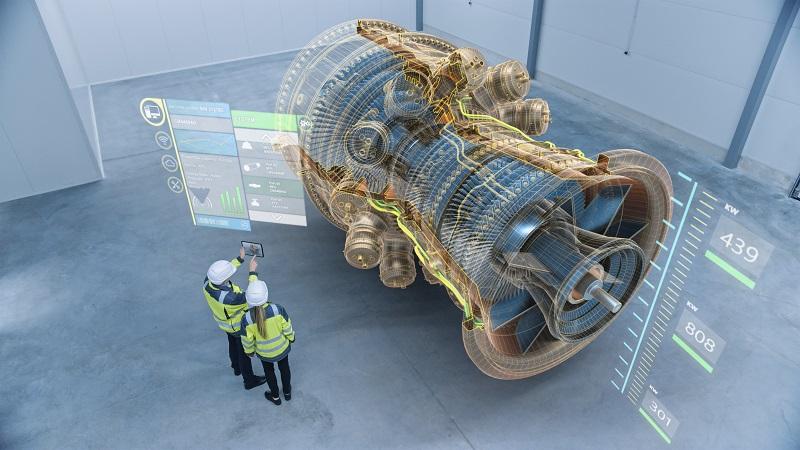The future of the 3D Simulation Software Market Trends is pointing towards a more integrated, AI-driven, and democratized ecosystem that will make the power of virtual testing accessible to a wider audience and applicable across the entire product lifecycle. As the industry continues its impressive growth trajectory, with its valuation projected to reach $39.64 billion by 2035—a journey propelled by a phenomenal 17.02% CAGR from 2025 to 2035—several key trends are emerging that will define the next generation of this transformative technology. These trends are focused on breaking down the barriers between different physics domains, leveraging AI to accelerate the process, and creating "living" digital twins of real-world products.
One of the most significant trends is the move towards comprehensive "multiphysics" simulation and integrated platforms. In the real world, different physical phenomena—structural stress, fluid flow, thermal effects, and electromagnetics—are all interconnected. The trend in the software industry is to move away from standalone, single-physics point solutions and towards unified platforms that can simulate these complex interactions simultaneously. This allows engineers to get a much more realistic and holistic understanding of their product's behavior. This integration is also extending across the entire product lifecycle, with a push to create a seamless digital thread that connects the initial CAD design to the simulation models and then to the manufacturing and operational data, creating a single source of truth.
Another major trend is the deep and pervasive integration of Artificial Intelligence (AI) and machine learning into the simulation workflow. AI is being used in several powerful ways. It is being used to accelerate the simulation process itself, with AI models that can predict the results of a complex simulation in a fraction of the time it would take a traditional solver. It is also being used for "generative design," where an engineer can input a set of goals and constraints, and an AI algorithm will automatically generate and simulate thousands of potential design variations to find the optimal one. This combination of AI and simulation is a powerful new paradigm that promises to dramatically augment the creativity and productivity of the design engineer.
Finally, the most strategic and long-term trend is the evolution from simple simulation to the creation of true "digital twins." A simulation is typically a one-off virtual test performed during the design phase. A digital twin is a living, dynamic virtual replica of a specific, physical asset that is operating in the real world. The digital twin is continuously updated with real-world sensor data from its physical counterpart. This allows the company to use simulation to monitor the asset's health, predict when it will need maintenance (predictive maintenance), and test how different operating strategies would affect its performance in real-time. This trend of extending simulation across the entire operational lifecycle of a product is set to unlock immense new value and is the ultimate future of the industry.
Explore Our Latest Trending Reports:
Business Management Consulting Service Market



